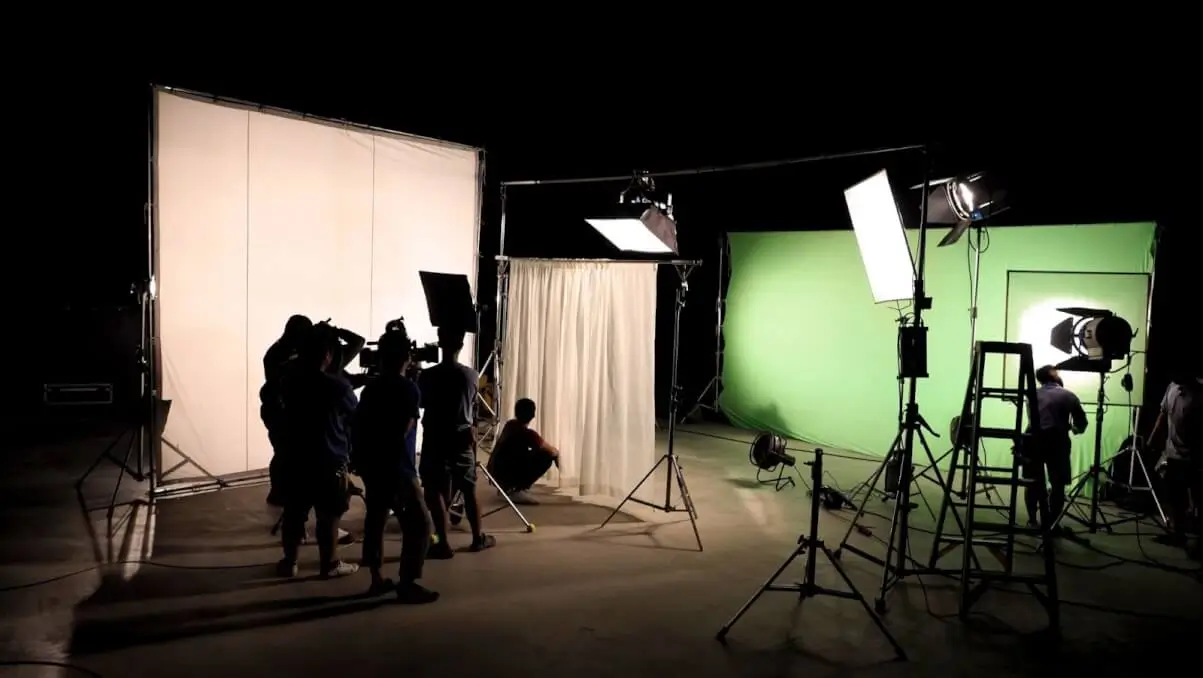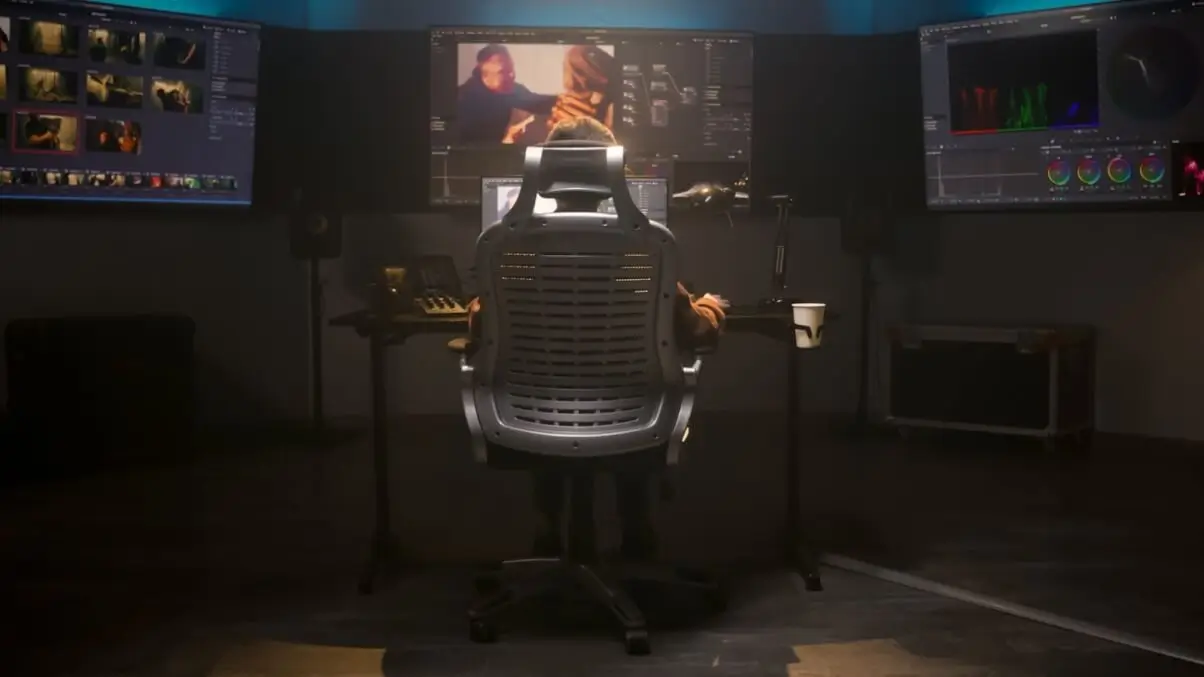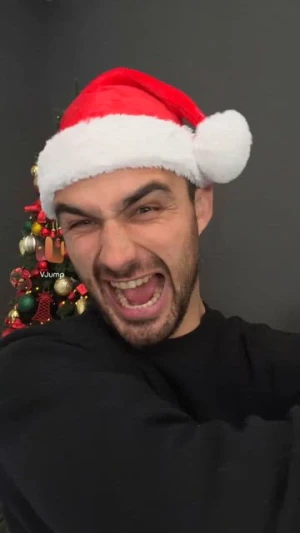VIDEO POST-PRODUCTION ESSENTIAL EDITING STEPS

- What's Post Production?
- Key Differences: Pre-production, Production and Post-production
- Pre-production
- Production
- Post-production
- Basic Workflow for Editing Your Video
- Planning
- Logging/Importing Your Footage
- Editing Work smarter, not harder
- Multicamera Editing
- Special Effects
- Lens correction plug-in
- Visual Enhancements Unleash your creativity
- Video Stabilization
- Contrast
- Sound Processing and Effects Set the tone
- Perfecting audio
- Multiple Audio Busses
- Final Delivery, Know your audience, Deliver for your audience!
- Text and Titles
- Export
Post-production is often considered the easiest stage of filmmaking since it occurs after filming is completed. However, it involves multiple complex stages that require careful attention to maintain the narrative thread. It's important to understand that post-production is overseen by a director, who manages the entire process and ensures the final result meets the intended vision.
What's Post Production?
Post-production is the stage of film production that occurs after all filming has been completed. During video post-production editing, the sound is adjusted, unnecessary scenes are removed, a music track is added, and the sequence of shots is organized. Therefore, we can consider this stage to be indispensable and equally significant as the filming process itself.
Key Differences: Pre-production, Production and Post-production
Pre-production, production, and video post-production are distinct stages that cannot be conducted simultaneously, as this would contradict their respective purposes. The primary difference lies in their sequential time frames, which cannot overlap.
In terms of order, the process begins with pre-production, which involves preparing for filming. This is followed by the production phase, where the actual filming takes place. Finally, post-production comes last, responsible for processing and editing the film.
Pre-production

Pre-production is one of the most crucial stages of filmmaking because it sets the foundation for the entire film production process. This is when key personnel are hired, and the overall direction of the film is established. With a talented and well-coordinated team, the outcome is often an exceptional film.
The features of pre-production include assembling a team, attracting investors, selecting equipment, conducting rehearsals, finalizing the plot, coordinating logistics, scouting locations, planning the budget, acquiring props, and more. When pre-production is conducted at a high level of organization and detail, it minimizes risks during the filming process.
Production
The production stage involves creating the foundational material that will be used for subsequent processing, ultimately resulting in a film. This process can be lengthy due to the necessity of multiple takes, some of which may be unsuccessful and require additional time.
Post-production
After filming is completed, the next step is to edit the footage. This involves carefully selecting moments from the raw footage and processing them to create a finished product ready for viewing by audiences. Post-production is where everything comes together and is meticulously crafted into a cohesive final product.
Basic Workflow for Editing Your Video

The foundation of every video edit is the footage itself. It's important to carefully review the footage and decide which frames to keep. However, be mindful not to include movie bloopers, as they can often disrupt the atmosphere if they are too noticeable.
Planning
Every production follows a detailed plan that must be executed during filming on set. Despite some perceptions that filming involves improvised antics by actors earning large sums, the reality is that a film production involves a large team working together to meet deadlines.
Delays in filming can be extremely costly, requiring additional funds to cover salaries, rental of props and equipment, and other expenses. Effective planning helps to anticipate and address potential problems, ensuring that filming stays on schedule.
Logging/Importing Your Footage
To further process your footage, you need to import your file into a device with an editing program. It's significant to choose a file format that preserves the quality of frames to avoid any video degradation.
Editing Work smarter, not harder.
To simplify editing, you don’t always need to use complex professional tools, automated processing software can be a suitable alternative. While these applications may not offer the same flexibility as professional tools, they are easy to use and can be sufficient for processing a good video.
Multicamera Editing

Often in popular films, you will notice various framing techniques that present characters or events from different perspectives. This allows viewers to appreciate the exterior and interior of the film, become acquainted with the appearance of the characters, and enjoy the architecture or landscapes.
Special Effects
Special effects are essential elements in action or fantasy films, they add excitement and enhance the epic nature of key moments, contributing to the overall impact of the final result. Therefore, it's important not to overlook effects and transitions, it's beneficial to learn how to create them during the post-production phase to enhance the quality of your film or video.
Lens correction plug-in
Lenses are crucial assets in any filming process, they give a fresh perspective and add depth to the visuals on screen. By using different lenses, such as zoom lenses or specialty objectives, you can create unique shots that would be challenging to capture with a standard camera.
Visual Enhancements Unleash your creativity.
Applying creativity to every project can give it a fresh perspective and guide your artistic vision. Constantly experimenting and trying new approaches can significantly enhance your editing skills. However, it's important to strike a balance, as excessive creativity may impact how your audience perceives the content.
Video Stabilization

Good stabilization in equipment or cameras is essential for producing high-quality footage that is easy to work with. However, if resources limit access to a camera with built-in stabilization, you may need to work with what you have available.
One solution to this challenge is to address stabilization during filming, as editing to add stabilization in post-production can be a complex and challenging task.
Contrast
A classic technique in digital filmmaking is to juxtapose contrasting elements, such as protagonist and antagonist, water and fire, or love and hate. These opposites create a strong contrast, highlighting each detail in the film and making the storytelling process more engaging.
Sound Processing and Effects Set the tone.
When working with sound, it's significant to adjust both the overall volume and each audio track for every frame. This ensures that viewers can immerse themselves in the film's atmosphere while still being able to hear the main dialogue and background music.
Perfecting audio
Along with music, videos also include voice tracks that deliver the main dialogue of the actors. These voices should be clear enough to understand the plot, but they shouldn't overpower the ambient sounds of the environment.
Multiple Audio Busses

Music has long been an integral part of human life, and its use in videos has become a common practice. By combining different sounds, you can create a 3D effect and immerse the audience in the atmosphere of the film. Even if this effect is not achieved, having a well-composed soundtrack is still a success.
Final Delivery, Know your audience, Deliver for your audience!
After you have finished filming and processing your video, you should consider uploading it to a website or social network. Save your video after post-production and upload it to your preferred social network so that your friends and family can appreciate your creativity.
Text and Titles
To ensure that a video or film becomes popular, it's important to approach the title correctly. For example, due to different word associations and translations in various countries, the titles can vary significantly, as seen with many popular films. This practice is done to adapt the film for specific countries and is considered normal, as it only changes the packaging while preserving the content unchanged.
Export
Uploading a film file requires a significant amount of time and resources, especially when considering quality issues. For instance, high-resolution images are highly valued, but the quality can be compromised when uploading to a platform. It's important to plan by choosing the right file format and extension to ensure optimal quality and efficient use of storage space.

Author
Founder of VJump. In addition to business, he is passionate about travel photography and videography. His photos can be viewed on Instagram (over 1 million followers), and his films can be found on his YouTube channel.
Moreover, his profile is featured on the most popular and authoritative resource in the film industry — IMDb. He has received 51 international awards and 18 nominations at film festivals worldwide.









































































